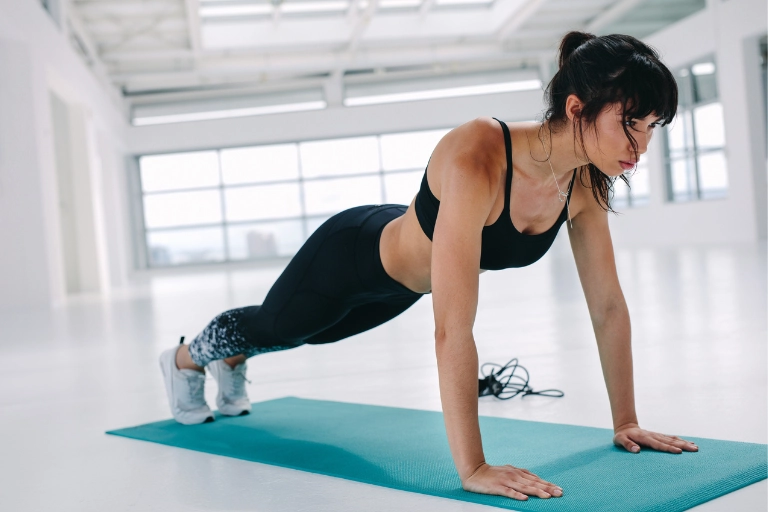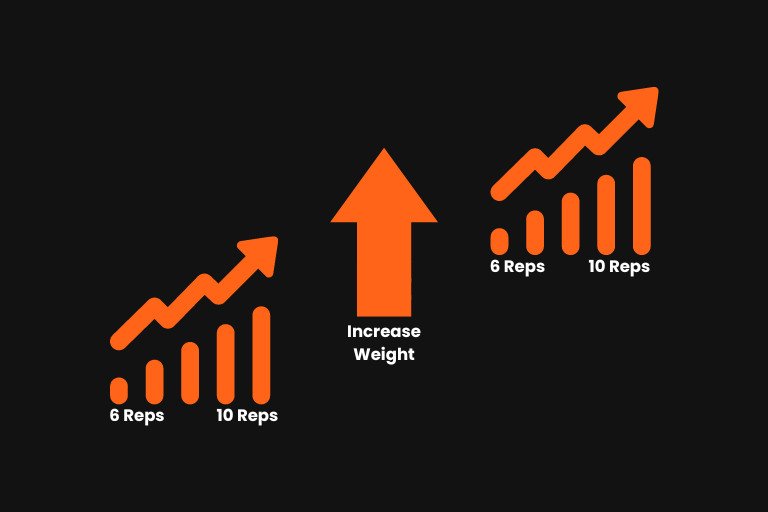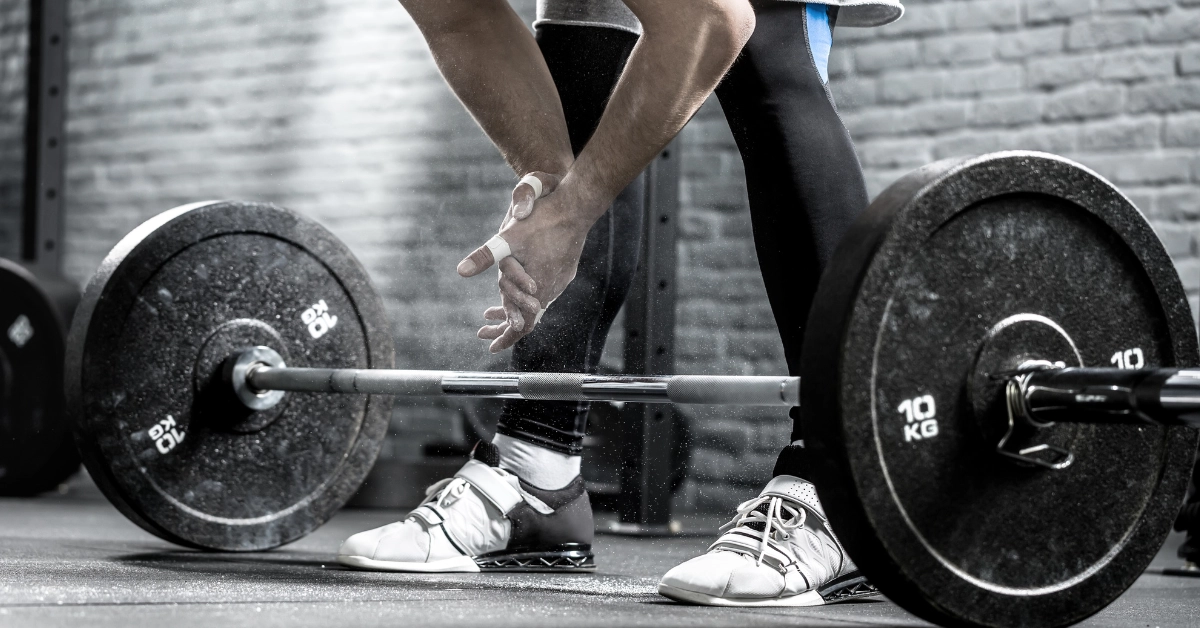10 Benefits Of Strength Training
What Is Strength Training?
Strength training, also known as resistance training, is a type of exercise where our muscles work against a weight or force outside of the body, forcing our muscles to contract. This will result in improved strength and muscle growth (hypertrophy) over time, depending on the type of strength training, the volume we are performing, and the intensity we are working at.
What Are The Benefits Of Strength Training?
There are many benefits to performing regular strength training. The benefits of strength training do not only include building strength and muscle, strength training also has numerous health benefits.
Here are 10 great benefits of strength training:
Strength Training Improves Body Composition

Strength training is the most effective way to improve body composition. This is the amount of lean mass, mostly in the form of muscle, compared to body fat. An individual’s body fat percentage will have a strong correlation to their overall health, and may also have an impact on their mental health, wellbeing, and confidence.
One of the benefits of strength training is that it allows an individual to maintain or even build muscle in a fat loss phase. Maintaining muscle in a calorie deficit is important to protect the metabolic rate, and will result in the majority of weight loss coming from body fat, compared to muscle.
Strength Training Improves Mobility And Flexibility, And Can Help Prevent Injury
Strength training can improve an individual’s mobility and flexibility when performed correctly. Working a joint through a full range of motion, especially in the eccentric (lowering) phase of a movement, when the muscle is in a lengthened position and under load is more effective than static stretching for improving flexibility.
A good example of this can be seen in individuals who perform straight leg deadlifts regularly. Training this movement pattern through a full range of motion, loading the hamstrings in the stretched position, and improving strength over time allows hamstring flexibility to be maintained or even improved without having to perform static stretching.
Strength Training Is Functional
Strength training is functional, meaning it can make everyday activities easier. Being stronger as well as having good mobility can improve our overall quality of life.
Strength Training Improves Sporting Performance

One of the major benefits of strength training is that strength and muscle gained in the gym can have a direct carry-over to sporting performance. A well set up strength training program can make the difference between winning and losing, especially in sports where the margins between 1st and 2nd place are marginal. Increasing general strength will cross over well to most sports, however, strength training can also be sports-specific, and designed to increase performance in a specific sport.
Noncompetitive athletes, such as recreational runners or ‘weekend warriors’ performing other activities can also benefit from strength training in the same way.
Strength Training Can Improve Your Posture
Strength training can help improve posture when performed correctly, and can be used to treat specific postural issues by strengthening certain muscle groups.
Strength Training Improves Heart And Cardiovascular Health
When people think of heart and cardiovascular health they typically think of traditional forms of cardio, however, one of the major health benefits of strength training is heart and cardiovascular health. Combining strength training and cardio may be even better, and may help reduce the risk of heart disease.
Strength Training Can Boost Your Mood And Improve Mental Health
One of the benefits of strength training is that it can improve your mood, and strength training has been shown to improve the mental health of individuals with depression and anxiety.
Strength Training And Longevity
More and more research is pointing to the benefits of strength training for longevity. Losing muscle as we age has many detrimental effects, and the more muscle we can maintain the better. A 2017 review found that lean body mass and muscular strength may be a better measure of an individual’s health than body mass index (BMI), which does not account for weight from muscle.
A 2022 systematic review and meta-analysis also found that people who do regular strength training, are less likely to die prematurely than those who do not. The study showed that just 30-60 minutes of strength training per week may be sufficient.
Strength Training Improves Insulin Sensitivity
Building muscle through strength training can be beneficial for insulin sensitivity. The more muscle we have, the more glucose can be removed from the blood and sent to muscle cells, and this can help manage blood sugar levels. Insulin sensitivity is increased even more, following a strength training session. A 2019 meta-analysis found that high-intensity activity such as strength training has a greater effect on insulin levels in patients with type 2 diabetes, compared to low or moderate-intensity activities.
Strength Training Preserves Bone Health
Strength training is beneficial for maintaining bone health. When muscle contracts during strength training it places stress on the bones, which stimulates the cells within bones to make structural proteins, making them stronger. This is why one of the benefits of strength training is protection against conditions such as osteoporosis, especially as we age.
Types Of Strength Training

Strength training, or resistance training does not have to be performed with weights, and you do not even have to use a gym to receive the benefits of strength training. For health and functional benefits, simple bodyweight exercises can be used for strength training, and calisthenics can be great for those looking for more advanced performance-based bodyweight training. Other options include circuit-based training, strong man training, and exercise performed in class settings such as pilates.
How To Start Strength Training
Anyone can start strength training, no matter their age or exercise history. We believe everyone should be performing at least some kind of regular strength training. For those interested in strength training to maximize strength and muscle, using traditional methods such as barbells, dumbells, and machines in the gym, we recommend the following:
Focus On The Basics
As a beginner, the focus should be on learning the basic movement patterns such as the squat, hip hinge, lunge, vertical and horizontal pushes, and vertical and horizontal pulls. These are the main movement patterns involved in the compound lifts you will be learning, and will use for the rest of your lifting journey. When you master these movement patterns you will be able to train all the major muscle groups of the body effectively.
This does not mean you have to start with exercises like the barbell squat, or barbell deadlift, although you could. As a beginner, we are simply looking to practice the movement patterns, and other exercises can sometimes be easier to learn. Some examples of these include the goblet squat, trap bar deadlift, and kettlebell RDL.
Practice Good Form
One of the main goals when starting strength training is learning proper exercise form or technique. Strength training is a skill, and like any skill, practice, and repetition is required to become better. As a beginner, your nervous system is learning how to coordinate movement patterns and recruit more muscle to be able to lift more weight. At this stage you will not be perfect, however, it is important to learn the correct form so that we do not ingrain poor lifting technique.
Add Reps And Weight When You Can
As a beginner, we should be able to progress fairly quickly when following a well set up beginner training program with good exercise selection. As mentioned previously, it is important to practice good form at this stage, we should only add weight or reps when we can perform a given exercise with good technique. You can use a simple progression model such as double progression.

Stay Away From Failure
As a beginner, it is a good idea to stay further away from muscular failure. Staying further away from muscular failure will help us maintain our form when learning an exercise. As we progress past the beginner stage we will be able to work at a lower RIR and take our sets closer to muscular failure while maintaining good form. We will still receive a sufficient stimulus for muscle growth training further away from muscular failure as a beginner. We recommend a 1-3 RIR depending on the exercise.
Keep Volume Low And Focus On Quality Sets
As a beginner and early intermediate lifter volume can be kept fairly low. Beginners need to focus on performing quality sets with good form. As they perfect their technique beginners will need to learn how to get as much out of every set as possible, working closer to muscular failure as they move from beginner to intermediate and beyond. We think it is a good idea to perform the minimum effective volume you can make progress with before performing more sets for a muscle group over the week.
Invest In Coaching
If you are serious about lifting and are looking to make as much progress as possible in the shortest amount of time, it may be worth investing in a coach or personal trainer. In-person coaching is not cheap, however, it can accelerate the learning curve and can prevent you from wasting months of progress potentially. Investing in a short block of coaching to learn proper exercise form can be a good idea.
This is not a necessity and free quality information is available online, however, nothing beats the eye of a good coach training you in person.
Example Beginner Strength Training Setup
Here is an example of a typical beginner strength training program.
| Mon | Wed | Fri |
| Barbell Bench Press 3 x 5-8 reps | Seated Dumbbell Press 3 x 5-8 reps | Dumbbell/Barbell Bench Press 3 x 5-8 reps |
| Barbell Row 3 x 5-8 reps | Lat Pulldown Machine 3 x 5-8 reps | Seated Row/Machine Row 3 x 5-8 reps |
| Barbell Squat 3 x 5-8 reps | Barbell/Trap Bar Deadlift 3 x 5-8 reps | Barbell Squat/Leg press 3 x 5-8 reps |
| Dumbbell Biceps Curl 3 x 8-12 reps | Dumbbell Lunge/Reverse Lunge 3 x 8-10 reps | Dumbbell Hammer Curl 3 x 8-12 reps |
| Dumbbell Triceps Extension 3 x 8-12 reps | Ab Curl 3 x 8-10 reps | Triceps Cable Pushdown 3 x 8-10 reps |
This 3 day beginner training split uses the 5-8 rep range for the majority of exercises. This repetition range is great for beginners as it provides a happy medium between pure strength work and higher volume work. This allows for good progression for beginners as well as sufficient volume over the week. It also delivers enough practice for each exercise regarding the amount of reps performed throughout the week.
The option is given to perform the same exercise later in the week or perform a different exercise working the same movement pattern/muscle group on some exercises. Some individuals may make faster progress when they practice the same exercise twice per week, for example, the barbell bench press.
If your priority is the bench press and/or barbell squat perform these lifts twice per week. If you would like a little variation perform the dumbbell bench press and the leg press later in the week. It is important to note that beginners will make great progress whichever setup they choose, even if they are only performing a specific exercise once per week.
Some beginners may struggle to perform the barbell deadlift initially, due to limitations in mobility, so the trap bar deadlift may be a better option for these individuals. Another option could be performing the barbell deadlift from a slightly elevated position, using blocks or from the pins in a power rack.
Conclusion
The benefits of strength training are numerous, and we believe it should be a part of a well balanced fitness lifestyle. Performing at least some kind of strength training a couple of times per week has numerous health benefits and can be done by most people, no matter their age or exercise history. If performance and/or building as much muscle as possible is your goal, we recommend performing traditional strength training using barbells, dumbbells, and machines, as well as using your own body weight in a gym environment for the best long-term results.


